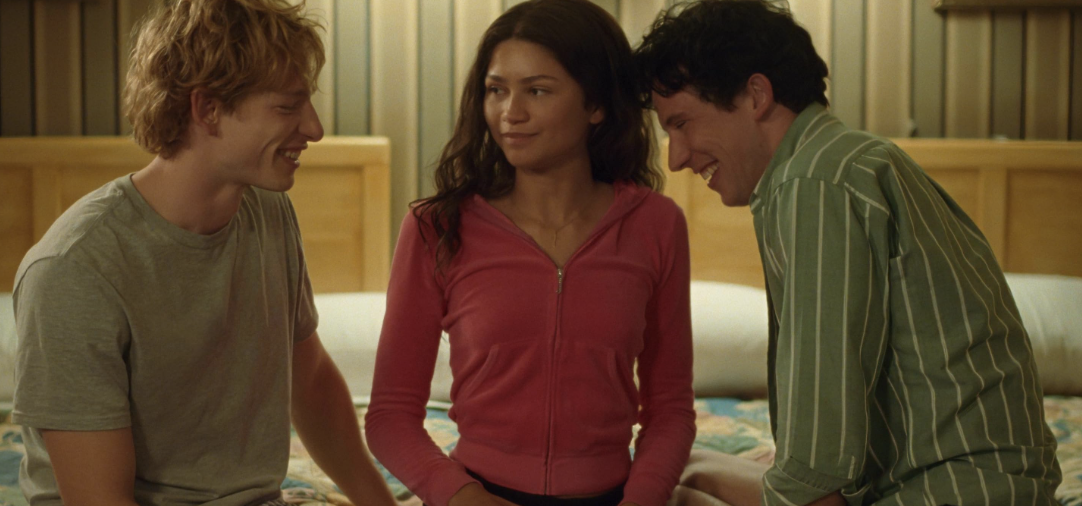One of Winston Churchill’s more famous public statements is his reference to the aphorism that democracy is the worst system of government—that is, excepting all the others. While this adage is tried and, I believe, ultimately true, this line of argumentation hardly makes for an emotionally compelling vision, especially in these paranoid years of impermeable self-affirmation and dreams of utopia. There is little consolation found in examining one’s own disappointing circumstances and proclaiming all alternatives worse, even if such a statement maps onto truth. Bloodless justifications will always seem ill-fitting for a system so easily bent to the passions of its participants; democracy is a fickle beast.
Among the most psychologically frustrating aspects of a democratic system is the lack of external blame findable in a free and fair election. Our futures are in our hands, but so are our failures. If one cannot reach the masses where they lie, one’s coalition need only look in the mirror to identify the culprits. This is a bitter pill to swallow, so much so that crying foul can appear a comforting alternative. The Democratic Party has thankfully rejected this particular fantasy, especially considering the seductiveness it could very well possess in the eyes of such a large yet paradoxically unpopular coalition. Indeed, although hindsight is bound to augment any analysis of the most recent presidential election, the Democrats’ fruitless laboring to move the hearts of voters has become their most crippling inadequacy.
Granted, not all of this difficulty comes from methodological flaws. The Democratic Party is a big-tent party, which naturally allows for disagreement and divergence among party members, and some degree of intra-party discourse enables the party to remain responsive to changing electoral landscapes. Over the past decade, however, Democrats have developed something of an obsession with figuring out the layout of Trumpian America, pouring countless hours of time, effort and worry into divining the desires of the American public and whether they can fulfill such desires while maintaining their moral integrity. These efforts have spawned countless thinkpieces ascribing some great all-explaining factor or another—be it bigotry, bankruptcy or boredom—to the American people in a vain attempt to explain the bizarreness of our current landscape. Such trawling is of limited use; at some point, it becomes a fool’s errand unless one also plays an active role in shaping such a landscape.
This is the single most important flaw present in the Democratic Party today. The party functionaries are horrible at broadcasting a unified message, as are the various journalists and activists that make up its chattering class. On the rare occasion that they take the initiative, they lack the necessary persistence and conviction; some even seek to undermine whatever narratives do permeate the public consciousness, convinced of their own brilliance and negligent of popular opinion. They watch the American electorate dine on the messaging their political opponents whip up, often partaking themselves, yet decline to provide any meaningful substitute of their own. The most obvious comparison is to Plato’s cave; Democrats spend much of their time trying to analyze the public’s reactions to the shapes they see on the cave walls, while the Republican Party devotes its time to manufacturing those shapes, separate from reality. In a media landscape whose relationship to the truth is increasingly tenuous, this pattern is a political death wish.
The median American independent identifies their Democratic counterparts largely through the lens of 2020, where the party’s loudest members were also its most radical and its least pliable or 8personable. Take a stroll through news articles from five years ago, and one will discover a left-liberal milieu scarcely recognizable to today. Vacillations between rigidity and flippancy on public safety and eroded public trust in Democrats. The single-mindedness and enforced moral purity of left-liberal elites and professional activists robbed the party of any trace of cool or congeniality, rendering it the playground of rich, joyless squares in the eyes of the American public instead of the vanguard of public safety and scourge of racism. Irrespective of one’s own relationship to these policies, at least some of which I believe had real merit, the overwhelmingly negative public perception of Democrats owes no small part to this particular caricature that refuses to die, and which certain dissident elements of the party seem bewilderingly eager to resurrect.
Common wisdom will tell you that the lack of a steady hand behind the Democrats’ political process cost them the last presidential election. This is false. The Democratic Party lost the election some eighteen months beforehand, as soon as they tried to react to existing narratives about the nation’s financial state instead of standing beside and boasting about what was, by the start of 2024, the strongest national economy on planet Earth by the widest margin since the end of World War II. I shall refrain from more serious defenses of the Biden presidency here, as they are tangential to the topic at hand; suffice to say that he did, in my opinion, an altogether brilliant job, yet public perception of him remained staunchly negative.
Conservative commentators and news sources portrayed him as feeble and his decisions as disastrous, yet Democrats rolled over and refused to stand by the administration implementing their own policies; some, particularly among the alternate Blue Dog and progressive fringes of the party, seemed eager to take relentless potshots at the man. This promptly allowed for pervasive Republican critiques, including ones that did not map to economic reality and which therefore were easily refutable by late 2023, to define the Biden presidency in the eyes and ears of the public. By the time Joe Biden renounced his status as the Democratic nominee and Kamala Harris proceeded as his heir apparent, the proverbial cake had thus already been baked. This switch of candidates offered a slightly cleaner slate, free from the noxious discourse around Biden’s appearance, but Democrats ultimately gained little from this substitution other than new ways to shift around blame for a catastrophe preordained by their reticence to form a unified front and support the easily supportable.
This all begs the question: where do we go from here? The United States has changed significantly during the time I have been writing this five-part series, during which the new president has, largely uninhibited by the advisors that kept his first term from spiraling into doom, exhibited a remarkable authoritarian bent. It is thus more necessary than ever that his political opponents not only reflect on the numerous places where they have gone wrong, but develop plans of action that enable them to mount effective resistance at the ballot box.
I cannot realize an efficacious Democratic Party on my own; nor do I have the technical knowhow, I freely admit, to propose an achievable, robust and comprehensive policy package. I do know, however, that the issues I have enumerated—patronizingly misunderstanding racial minorities, allowing toxic incarnations of progressivism to drown out more productive strains, neglecting to cater toward offer promise to young male voters and failing to stand up for its own policies in the public sphere—cannot continue to manifest within a party that hopes one day to achieve political ascendancy without the aid of a worldwide pandemic.
There is a long road ahead. Time to get moving.

















